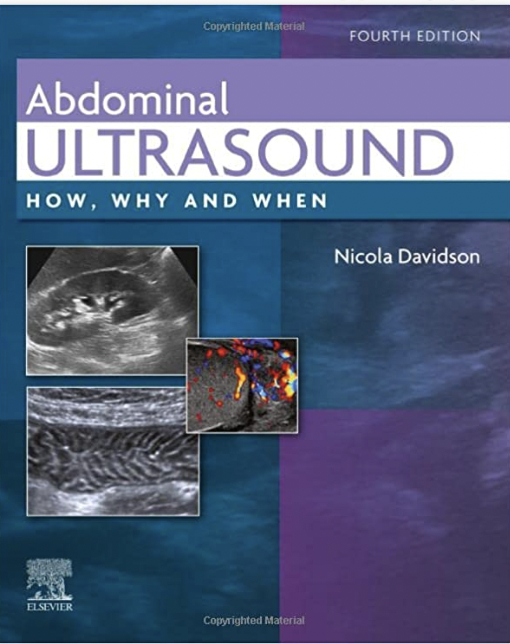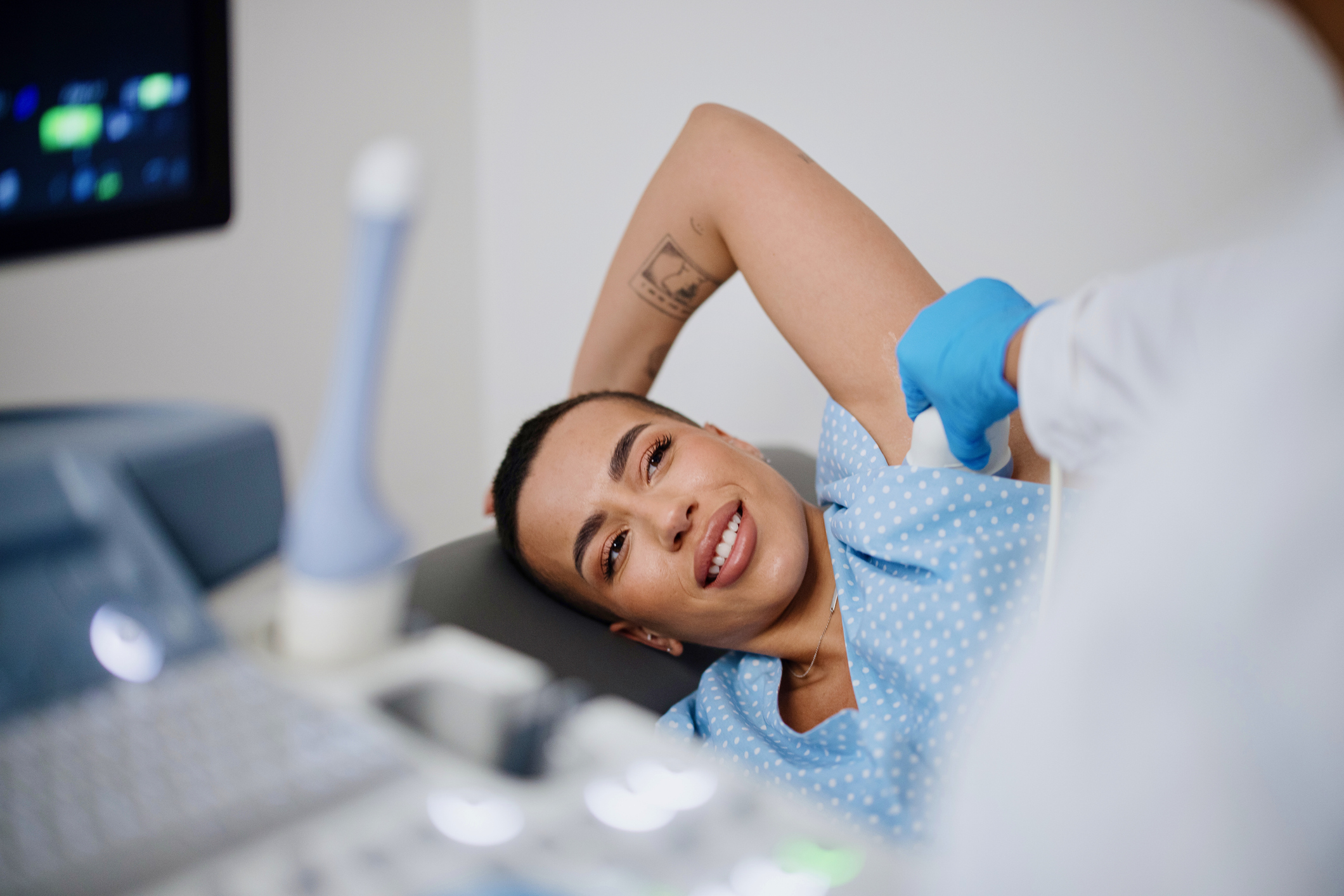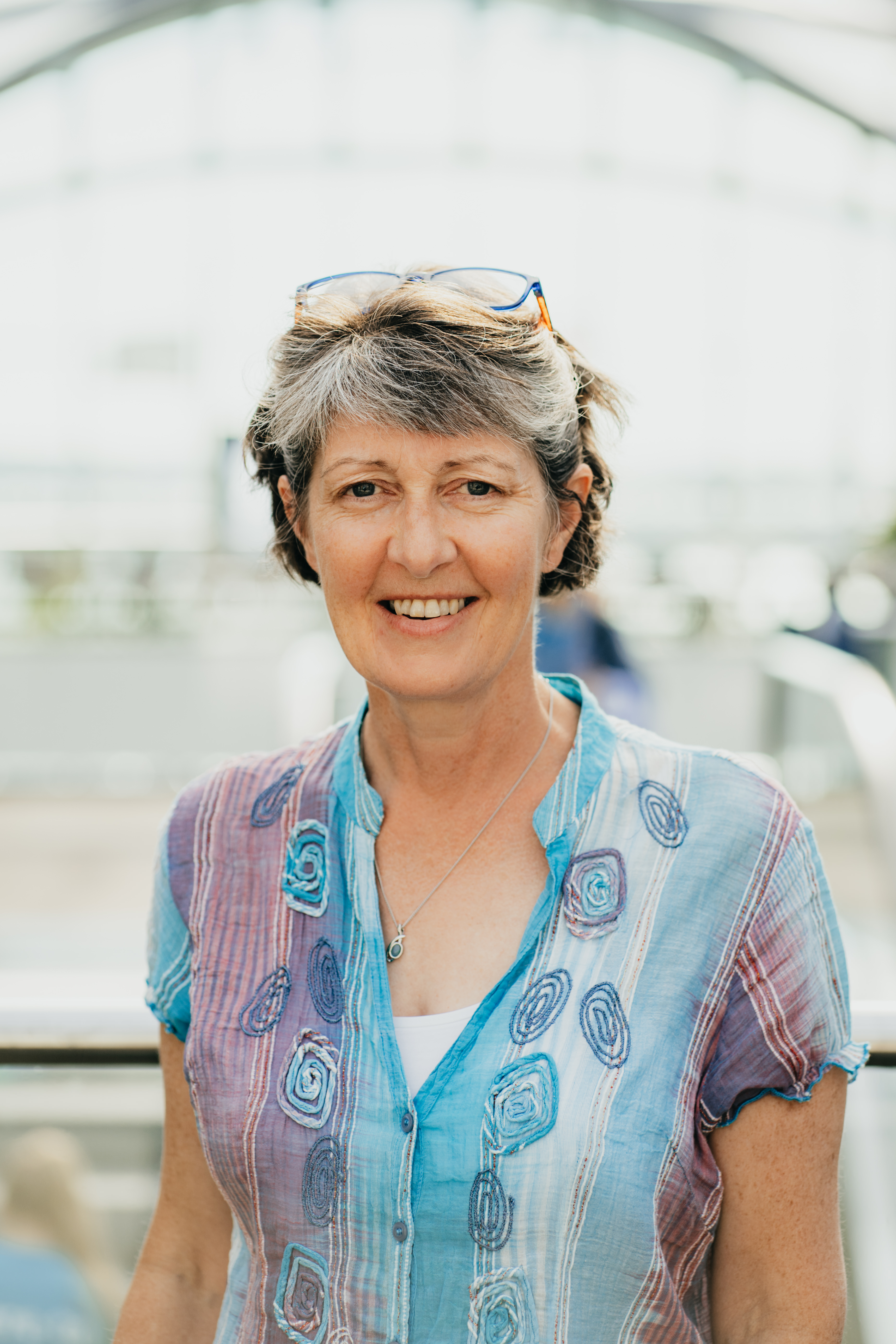After providing a review of the 3rd edition of the well-known book Abdominal Ultrasound, How, Why, When? at the beginning of 2020 to identify areas I felt could be improved or updated, I was asked to take on the role of editor for the 4th Edition of the book.

The cover of Abdominal Ultrasound: How, Why and When
I was shocked to be asked and apprehensive taking this responsibility as I had never been an editor, but after a meeting with the team and understanding what was required and the level of support which was being offered, I decided to give it a go.
My first task was to take the 3rd edition and decide what could stay, what was out of date and what new things should be included. Reading through the book, I used highlighters and post it notes, drawing out a plan for each chapter. There were areas I wanted to include which I knew were outside of my expertise, so I contacted sonographers and radiologists who were experts in these areas and asked them to join as contributors. After identifying suitable individuals, an enthusiastic team came together, and the hard work began!
A long process
I provided each contributor with an overview of changes to be included and an outline vision for their chapter. Contributors were provided with a PDF of their chapter so they could include and remove text, tables and images. Once completed, my role was to confirm these and make further changes or ask for more content. This was a long process and during this time I lost my development editor from Elsevier…. twice! The COVID-19 pandemic also delayed things significantly.
Next, was the time-consuming process of editing each chapter, ensuring that there was consistency throughout and that information was not duplicated. During the editing process we merged 3 chapters and added a brand new one which resulted in changes to subsequent chapters. The hardest thing was checking every image, figure titles and references in the text were correct. When new images were introduced or removed this resulted in restarting the process. Even a simple thing such as standardising the headers for each section and how the contents for each chapter would be laid out became a mammoth task – I can’t recount how many times these needed to be updated and changed!
Proof reading
As we were reaching the end of the project, chapters were sent off for proof reading, indexes developed, and layouts finalised, including choosing the cover and images to be displayed. The proof readers would query parts and would make comments, all of which needed to be addressed. Chapters bounced back and forth between the contributors, myself and the development team until we were all happy and then finally the day came when final chapters were submitted for printing.
I am immensely proud of all the work which has gone into this edition and grateful to the amazing sonographers and radiologists who have been involved. I hope that this book continues to be a useful and informative resource for sonographers and trainees for years to come.
Tips for editing a book:
- Have a clear vision for what needs to be done with each chapter.
- Collaborate with experts – their passion and knowledge for their speciality areas is so important.
- Be organised! Keep in touch with the development editor and deal with queries promptly.
- Be methodical – decide on the format early and stick to it. For example: system for labelling numbers, headers for each section and the use of tables. This will save hours of time in the long run.
- Be patient – be mindful that the contributors have jobs (and lives!) so things may take time.
Nicki qualified as a Diagnostic Radiographer in 2003 and worked as a rotational radiographer at Worcester Royal Hospital until starting ultrasound training in 2005. She has a wide range of ultrasound experience scanning abdominal, gynae, DVT, obstetric and early pregnancy examinations.
Related News
 Scotland
ScotlandUltrasound training programme announced to aid NHS Scotland Recovery
A new collaboration aims to boost ultrasound training numbers across the country.
.jpeg?width=362&height=451&ext=.jpeg&width=1200&resizemode=force) Ultrasound
UltrasoundThe working week of a radiographer/sonographer
As part of Medical Ultrasound Awareness Month, Donna Holdcroft describes working in educat...
-(1).jpg?width=3437&height=5155&ext=.jpg&width=1200&resizemode=force) Ultrasound
UltrasoundIt's #MUAM!
To kick off Medical Ultrasound Awareness Month, SoR professional officer Gill Harrison ass...
